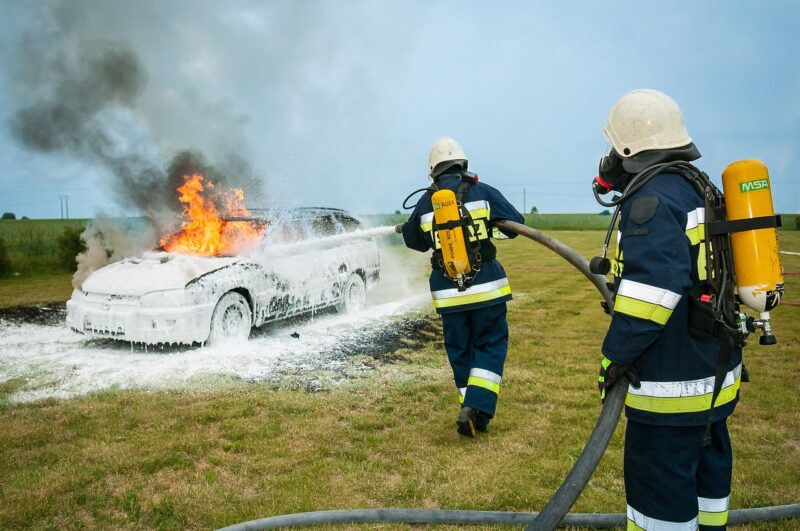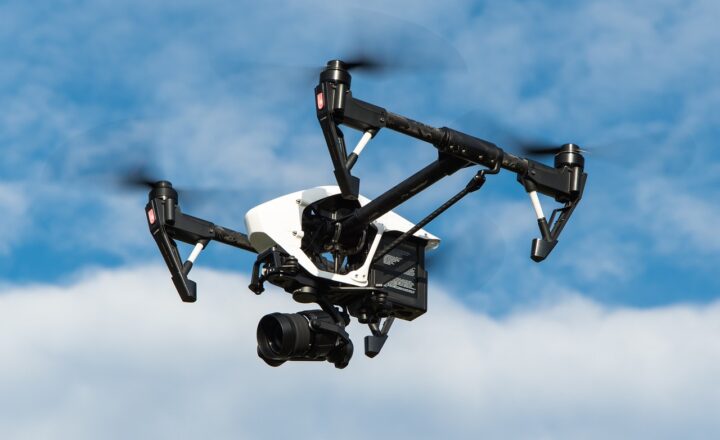How Firefighters Train to Handle High-Rise Fires and Rescue Missions
November 14, 2024

High-rise fires pose unique challenges that differ significantly from those encountered during standard firefighting operations. The complexities of structure, height, and accessibility necessitate specialized training for firefighters. This article delves into how firefighters prepare for these emergencies and the training protocols established to ensure effective responses to high-rise fires and rescue missions.
1. Understanding the Challenges of High-Rise Fires
High-rise buildings, defined as structures taller than 75 feet, present unique hazards. With numerous floors, confined spaces, and limited access points, every aspect of these buildings can complicate firefighting efforts. Key challenges include:
- Access and Egress: Firefighters must navigate elevators, stairwells, and possibly the roof, often in smoke-filled, chaotic environments.
- Water Supply Issues: The traditional method of fire suppression may not be effective at height. Firefighters need to establish reliable water supply lines to upper floors quickly and efficiently.
- Time Constraints: High-rise fires can escalate rapidly, increasing the urgency for timely intervention to save lives and reduce property damage.
- Multiple Victims: Rescue operations often involve numerous individuals, requiring firefighters to prioritize effectively and deploy resources strategically.
Understanding these challenges is the first step in developing effective training programs to prepare firefighters for high-rise emergencies.
2. Comprehensive Training Programs
Fire departments implement extensive training protocols tailored specifically for high-rise firefighting. These training sessions cover theoretical knowledge, skill development, and practical exercises. Key components include:
- Classroom Instruction: Firefighters are educated on the unique dynamics of fire behavior in high-rise settings, building construction types, and life safety systems. This foundational knowledge is vital for making informed decisions during an emergency.
- Simulations and Drills: Realistic simulations are critical for cultivating skills like rapid deployment, victim rescue, and tactical firefighting maneuvers. Drills may include scenarios like elevator rescues or stairwell firefights in full firefighting gear with smoke machines and sound effects to replicate real-life conditions.
- Use of Technology: Modern firefighting increasingly incorporates technology like drones for aerial reconnaissance, thermal imaging cameras for locating victims, and high-rise hoses with specialized nozzles capable of reaching significant heights efficiently.
This comprehensive approach ensures firefighters are mentally and physically prepared for the complexities of high-rise fires.
3. Physical Training and Conditioning
High-rise firefighting requires exceptional physical fitness due to the demanding and strenuous nature of the job. Firefighters are required to:
- Build Strength and Endurance: The physical demands of transporting hoses, carrying equipment, and performing rescues require excellent stamina and strength. Firefighters often participate in strength training, cardiovascular workouts, and functional fitness exercises that mimic the movements needed during a fire incident.
- Train Under Stress Conditions: Training under stress helps firefighters acclimatize their bodies to high-fatigue situations, including heat and thick smoke. This includes training at heights to build comfort and confidence when working at elevated levels.
Physical readiness is just as important as technical proficiency, especially in high-stakes environments characterized by time constraints and life-or-death scenarios.
4. Communication and Teamwork
Effective communication and teamwork are critical in high-rise firefighting, where decisions must be made quickly in a dynamic environment. Training emphasizes:
- Role Assignment: Specific roles are assigned to each team member — such as attack, ventilation, or rescue — ensuring coordinated efforts and reducing confusion during operations.
- Use of Communication Devices: Mastering radios, intercoms, and emergency communication systems is essential for maintaining clear channels during operations, especially in loud and chaotic settings.
- Scenario-based Exercises: Joint training exercises with other emergency services (like police and medical teams) simulate real emergencies and enhance cooperative response initiatives during high-rise rescue missions.
Through rigorous training in teamwork and communication, firefighters improve their ability to perform effectively during high-rise emergencies.
5. Real-World Experience: Training Evolves with the Environment
Practical experience is invaluable. Firefighters undergo live fire training set in a controlled environment, designed to mimic high-rise situations using structures known as training towers. They practice various operations, including:
- High-Rise Hose Lays: Firefighters practice laying hoses from ground level to upper floors, learning to maneuver through tight spaces and using standpipes to access water supplies effectively.
- Rescue Techniques: Effective rescue requires mastering techniques like the rapid intervention team (RIT) tactics, elevator rescue protocols, and the use of specialized equipment for hoisting or lowering victims from heights.
- Emergency Medical Training: Firefighters receive training in basic life support (BLS) and advanced life support (ALS) to provide immediate care to victims while awaiting transport to medical facilities.
These practical trainings are essential for developing the grit and composure necessary for real-life high-rise buildings, preparing firefighters to act quickly and decisively.
6. Conclusion: Preparedness Saves Lives
In conclusion, preparing firefighters for high-rise emergencies involves a comprehensive strategy that includes theoretical knowledge, physical readiness, teamwork, and hands-on experience. As urban landscapes continue to grow taller, the ability for firefighters to effectively manage the risks and complexities associated with high-rise fires is vital for saving lives and protecting property. With rigorous training and ongoing education, firefighters can ensure that they remain ready to respond to any challenges that high-rise situations may present.
By committing to excellence in training, firefighters reinforce their crucial role in safeguarding the communities they serve, ensuring that they can operate confidently amidst the towering challenges thrown by high-rise fires and rescue scenarios.








